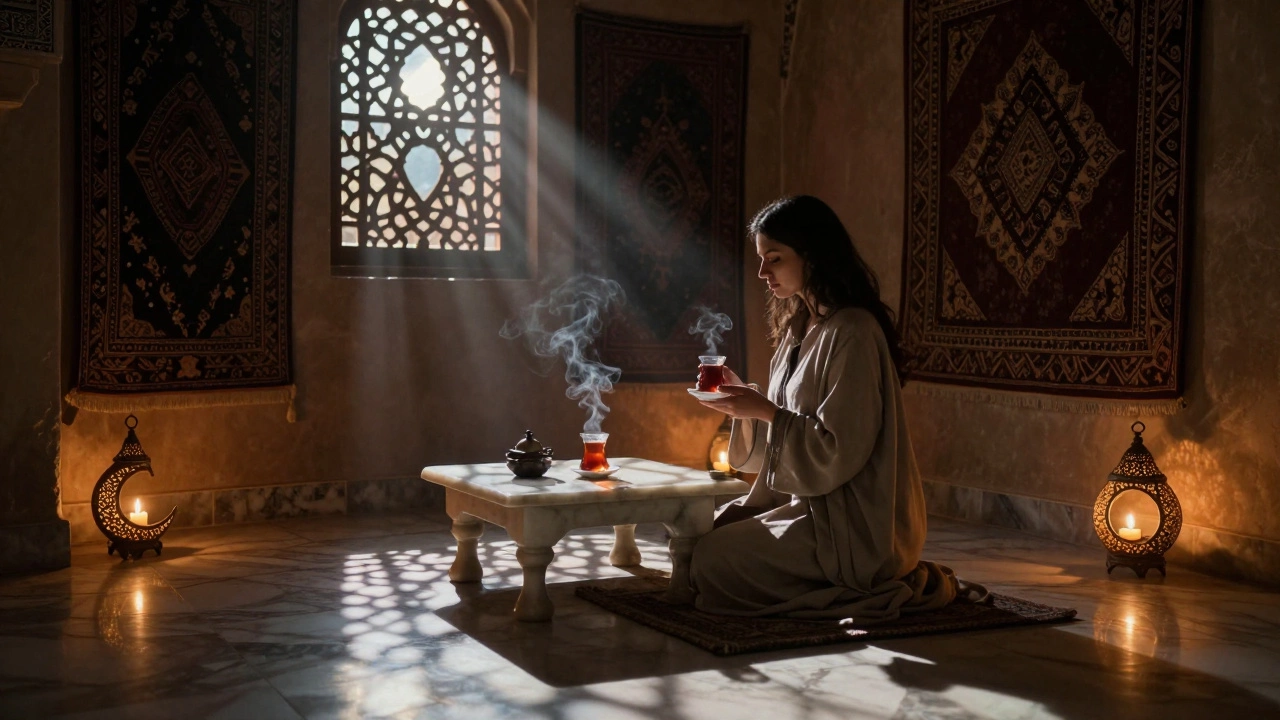Life in India – A Day in the Life of an Indian
Ever wondered what a typical Indian’s day looks like? It’s more than just sunrise yoga or a quick coffee. From the moment you hear the alarm, family, food, work, and a dash of spirituality shape every hour. Let’s walk through a day that blends tradition with modern hustle, so you can picture life in India beyond the headlines.
Morning rituals that set the tone
Most Indian mornings start early, often before the sun is fully up. The first thing you’ll hear is the sizzle of a hot pan—parents or grandparents preparing a simple breakfast like poha, idli, or a hearty paratha. While the food cooks, families gather for a quick chat about the day ahead. If you’re lucky, you’ll hear a short prayer or chanting, especially in homes that keep a small altar. This mix of nutrition, conversation, and a moment of gratitude fuels both body and mind for the tasks that follow.
Balancing work, study, and family duties
After breakfast, the rush begins. Students head to school, often catching a crowded bus or a shared auto, while professionals hop onto trains or ride scooters through bustling streets. Workplaces range from modern offices with coffee machines to small shops where the owner greets regulars by name. Throughout the day, you’ll notice frequent short breaks—quick tea stops, a neighbor’s smile, or a text asking how the day’s going. These tiny pauses keep the stress level in check and remind everyone that community matters.
Lunch is a big event, usually around 1 p.m. In many homes, it’s a family affair: a plate of rice, dal, a vegetable dish, and maybe a side of pickles. In offices, you might find a packed tiffin box with homemade curry, or a street‑side vendor serving a spicy samosa. The meal isn’t just fuel; it’s a chance to pause, share a joke, and catch up on the latest news or cricket scores.
Afternoon work or study continues, but you’ll often hear a call to prayer around 5 p.m., especially in Muslim or Sikh families. Even non‑religious households respect the moment, taking a short break to stretch or reflect. This built‑in pause helps reset focus before the final push of the day.
Evening wind‑down: work, worship, and play
Evenings in India are a blend of activity and relaxation. After work, many head straight to the gym, a running track, or a local cricket ground. Physical activity is seen as essential for health, and you’ll find people of all ages joining a quick jog or a friendly game. For those who prefer a calmer pace, a walk through the neighborhood market—picking up fresh veggies or chatting with neighbors—is just as common.
Family dinner usually happens around 8 p.m. It’s often lighter than lunch, featuring rotis, a simple dal, and maybe a dessert like kheer. While eating, families discuss the day’s highs and lows, plan weekend outings, or debate the latest Bollywood release. After dinner, the house settles into a quieter rhythm: kids finish homework, parents might watch a TV series, and many take a few minutes for personal prayer or meditation.
Sleep is treated as a vital part of the routine. Most aim for a solid 7‑8 hours, and bedtime rituals—like a cup of warm milk or a short story—help signal the body to wind down. A good night’s rest is considered the secret behind staying energetic for the next day’s demands.
That’s a snapshot of daily life in India: a rhythm of early meals, work, short breaks, community, and a blend of physical, mental, and spiritual care. Whether you’re planning a visit or just curious, understanding these habits gives you a real taste of how Indians balance tradition with modern life.

